Of all the wild game hunters pursue, no other animal demands the year-round time and attention like the whitetail deer. It’s what drives the deer hunter throughout the year.
Hunting season is what many folks live for. But it’s the planning and preparation that hunters look forward to throughout the year. Scouting, glassing, land management and habitat improvement projects are what fuel the fire and carry us from season to season.
That’s why food plots have become such a popular project on the land hunters spend so much time on each season. If you’re looking to get started with food plots, or simply want to improve on what you’ve done in the past, check out what our experts had to say on planting spring plots. Here’s a look at The Ultimate Guide to Spring Food Plots.
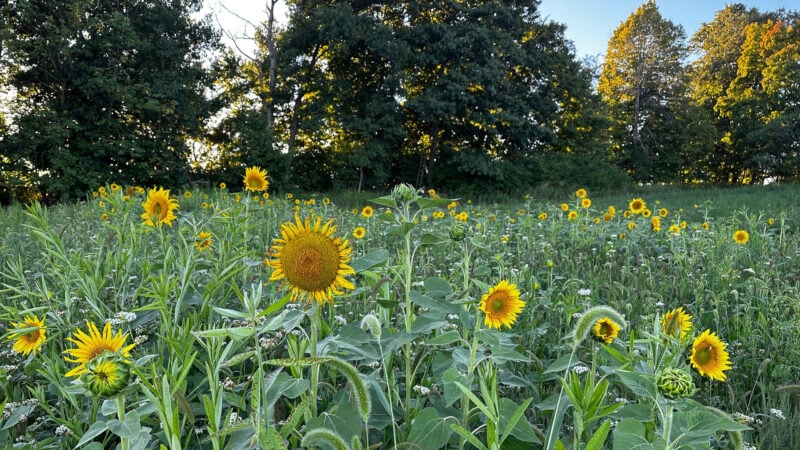
When to Plant Spring Food Plots?
There are obviously some pretty substantial differences in spring and fall plots, so knowing when to plant your spring plot is critical. “Soil temperatures, conditions, and locations are crucial factors when it comes to planting times,” says BHOD food plot guru, Kurt Thorsen. “For example, when I’m trying to establish a spring planted clover plot, I try to get my seed in the ground when the soil temps reach 50+ degrees with adequate moisture in the soil.”
“Here in Illinois that planting window tends to be around mid March – mid May. Any later and we run the risk of summer drought drying up the developing crop by fall. Depending on the area you’re in, it could be earlier or later in the season.”
Thorsen also says that when it comes to spring planted grain crops such as corn, beans, sorghum etc. maturation of the crop is also critical. Plant too late and you may not have a viable crop for the fall. So, it’s important to pay attention to those maturity dates as well.
Bowhunting.com’s, Todd Graf, says he likes to wait until the neighbor’s plots and crops are starting to pop up before he follows with his own. “This gives the local deer herd the chance to wipe out the neighbor’s crops first, giving your plantings a chance to get better established,” says Graf.
What to Plant - Best Seeds for Spring
Deciding what to plant can often be the hardest decision you’ll make when it comes to getting started. That’s why we reached out to Tom Lester, president of Rakk Fuel, for insight on what to plant for spring plots. Lester has worked extensively with Zach Haas of Creekbottom Land Management to develop the perfect food plot blends offered through Rakk Fuel.
“For spring perennial blends you will want a blend that focuses on high energy and protein as well as the ability to fixate nitrogen,” says Lester. “
When it comes to annuals, Lester says you will typically be looking at planting blends that build your soil, which usually will include a variety of legumes, grains, and other crop species.
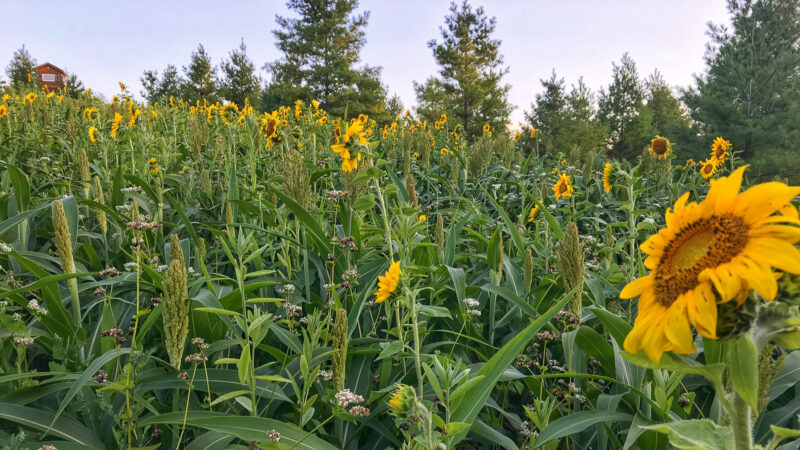
“Keep in mind that you will see a quicker yield with perennials versus annuals in the spring, but the overall biomass will be higher later in the year with annuals,” says Lester.
“With that said, having a combination of clovers with legumes and grains greatly improves soil health and helps to suppress weeds down the road.”
For sand country, Lester says you want to make sure to get plants that are great at growing rapidly, scavenging for nutrients, and able to provide a bunch of biomass which will turn into organics.
“Wet ground can be difficult in the spring, but overseeding with clover/chicory tends to work well in these areas,” says Lester. “For those that have shaded food plots, small transition plots, or smaller plots in general they should focus on a high energy and high protein perennial. Just note that most blends need over 4-6 hours of sunlight, but blends such as Rakk Fuel Show Time can produce with less once established.”
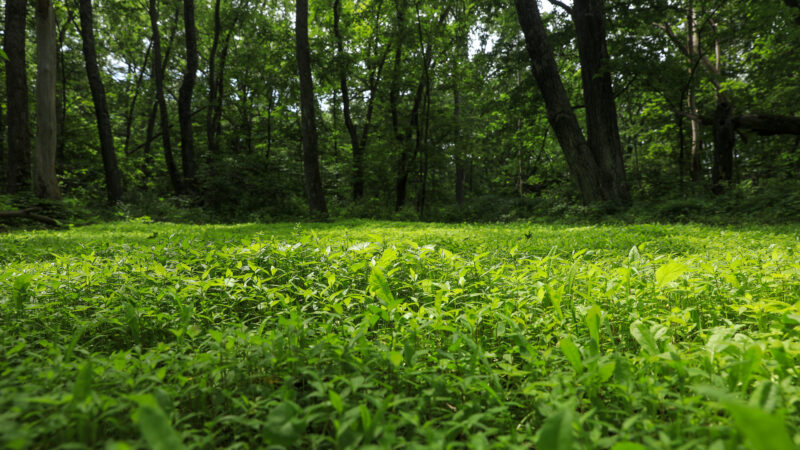
Why Plant Spring Plots?
One of the main benefits of some spring food plots is the food and nutrition they provide for wildlife in the months leading up to the season. Fawns, turkey broods and many other species take advantage of these areas as they prepare for the upcoming year ahead.
But spring plots can also play a positive role in the overall health of the ground you’re trying to manage.
“Spring plots allow you to suppress weeds early, protect soil moisture, and plant crop based blends that can provide forage throughout the spring, summer, and fall,” says Tom Lester, president of Rakk Fuel.
“In addition, when planting spring plots, you can plant a variety of blends that allow you to plant once and not plant again that year. These can be great for those that don’t have a lot of time due to their work, family, schedule, etc.”
What Equipment Do You Need?
Tractor/Planter versus ATV/UTV versus Hand Throw & Grow – Which works best?
The truth is they all have their place in the process. “When it comes to planting agriculture crops, the job is best done with a tractor or ATV/UTV given that the plants typically need to be planted deeper than other plant species,” says Lester.
“For those that don’t have access to equipment there are a variety of throw and grow type blends on the market that allow you to be successful as well. Yes it is nice having large equipment to pound out plots and give you more options, but a beautiful kill plot can be created with a little sweat equity and planning – and minimal equipment.”
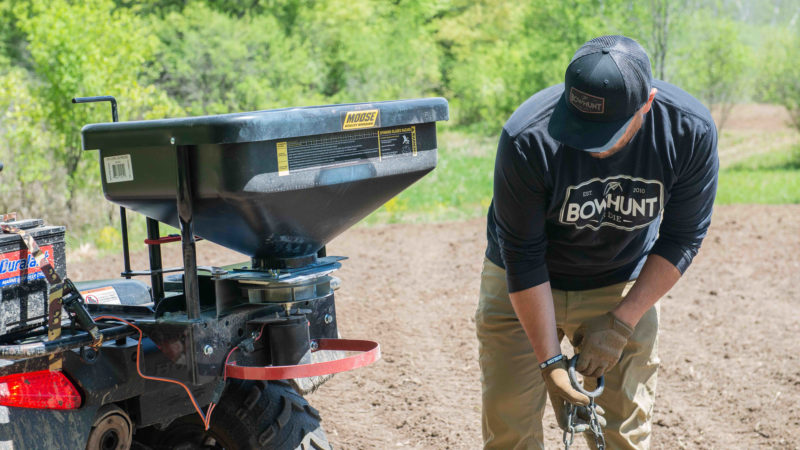
Before You Plant
It’s been said that failing to plan, is planning to fail. That’s why it’s so important to have a plan before you get started.
“Lack of site planning, preparation and soil testing are the biggest mistakes I have made,” says Thorsen.
“The key to success is choosing the right location with adequate sunlight and making sure the soil is capable of growing the crop. If it’s not, you’ll have to plan accordingly to supplement what’s missing in your soil so it can produce.”
Soil sample results will tell you everything necessary to grow a successful plot. Fertilizing and liming appropriately will ensure a good plot for the future.
When it comes to fertiizer, Lester says he likes to apply 300lbs/acre of 9-23-30, otherwise known as a starter fertilizer. “Typically, all food plots are phosphorus and potassium deficient so an emphasis should be placed on those,” says Lester. “Usually, you should stay away from equal fertilizers such as triple 10 or triple 19. Your money is better spent on fertilizers that focus on potassium and phosphorus.”
“If you are in sand country, or have time to do so, the use of foliar fertilizers have become very popular. Foliar fertilizer allows you to boost a plant’s growth cycle without needing a rain to provide the essential nutrients to the plants.”
Lester says you can also apply soil amendment liquid fertilizers that can naturally improve the biota in the soil and help to naturally loosen soils. Just keep in mind that soil pH is the driving factor on how well a plant uptakes nutrients.
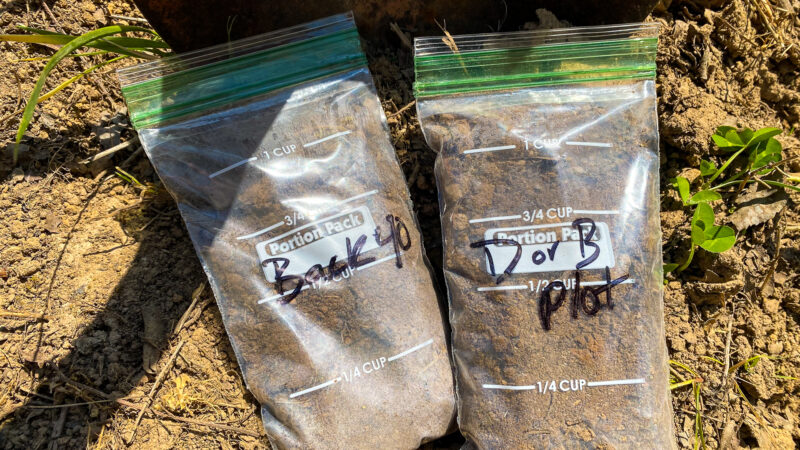
Where to Plant
Several important factors come to mind when it comes to plot design. First, be sure it is in an area that is accessible for planting before you do the site preparation work.
Also, keep in mind the location of bedding areas and/or roosting sites. This will dictate entry and exit routes as well as the spots you sit when the time comes to hunt over it.
Also don’t overlook the shape of the plot, create bottle necks and pinch points to maximize shot opportunity.
Kill plots created in the timber can be an excellent option for an encounter with a shooter buck. Lester recommends Rakk Fuel’s Show Time blend for these shaded timber plots. “Show Time is an extreme shade and drought tolerant perennial blend,” says Lester. “It has plantain, small burnet, alfalfa and chicory in it. Show Time contains a lot of protein but is packed with calcium.”
The Show Time blend is incredibly versatile and thrives where other blends tend to fail. Just keep in mind, when planting in the timber, this blend should be planted in the spring before the canopy fills out for maximum results.
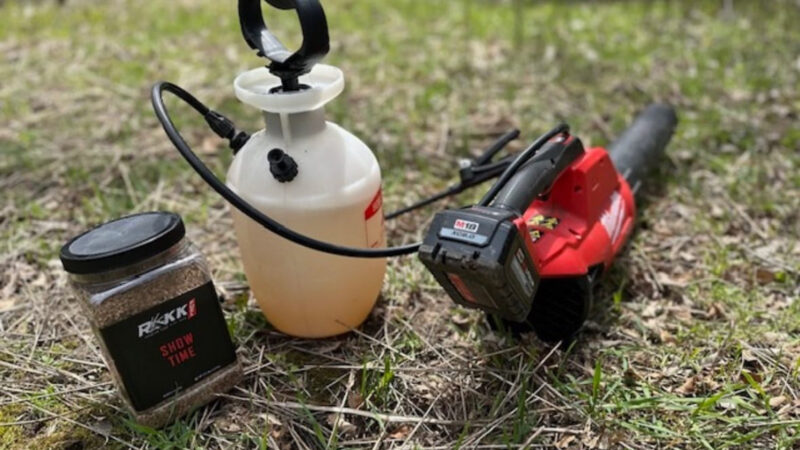
Common Mistakes When Planting Food Plots
- Not soil testing
- Planting too deep
- Not fertilizing
- Planting too late
- Not timing plantings with rains
- Planting to just plant
- Putting down too much seed
- Putting down too little seed
For many hunters, starting a food plot can be an intimidating task. But it need not be. Use the information above, and you’ll realize creating spring food plots can be a fairly easy chore that’ll pay off big when the fall season rolls around.
Check out the video below as the BHOD guys share their spring food plot strategy…

 By
By 



